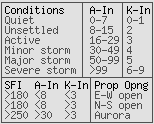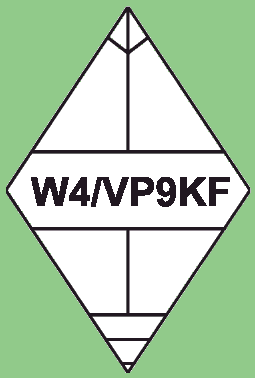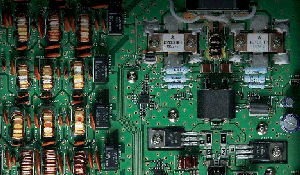|
W4/VP9KF |
 |
|
|
|
| |
|
 |
F:122 A:14 K:2.67 SSN:76  WWV Log
WWV Log |
VP9KF, G4BKI & EI6LC |
| Last reload: 2025-12-14 06:07:24Z |
|
Latest
WWV data: 2025-12-14 06:00:05Z |
Data
policy  |
|




